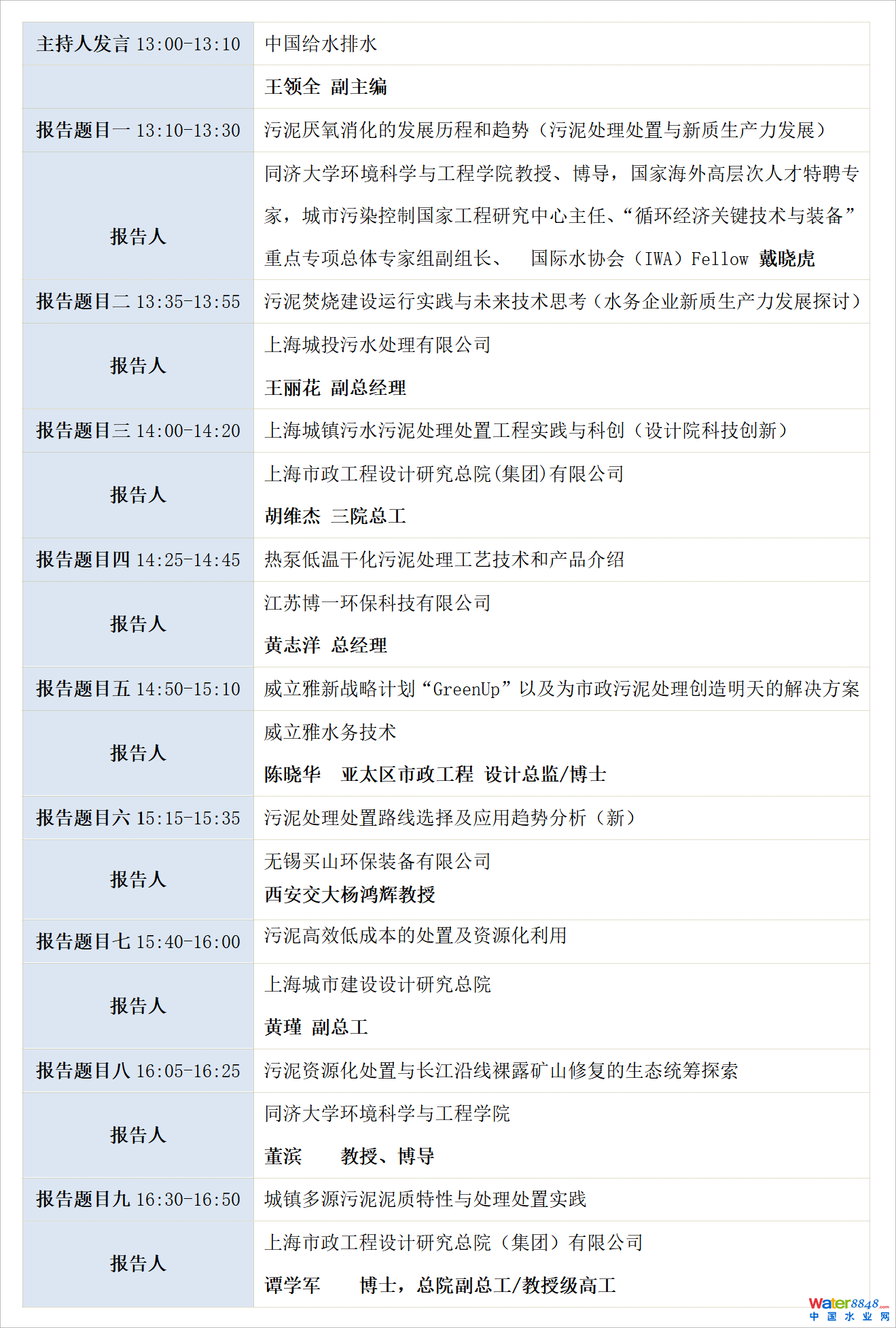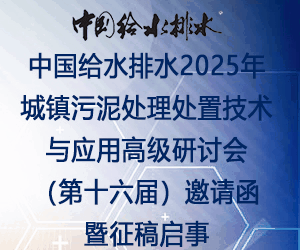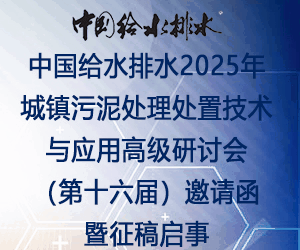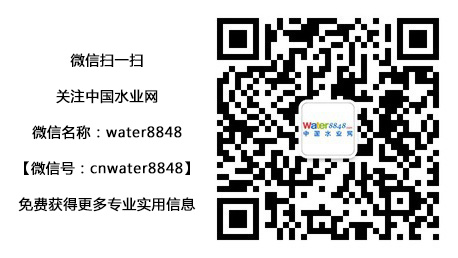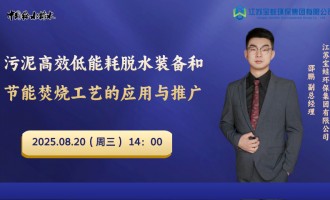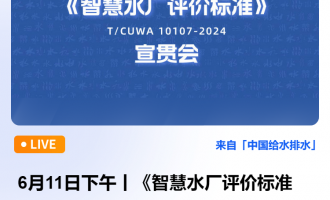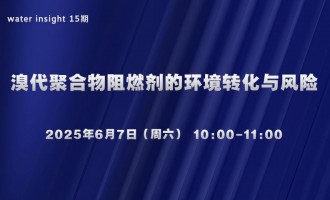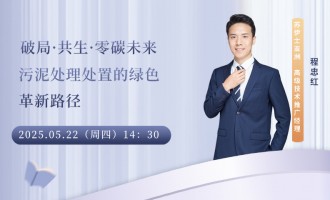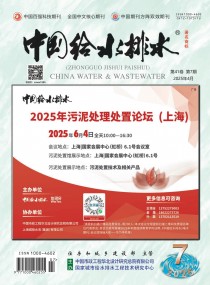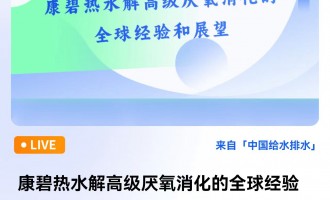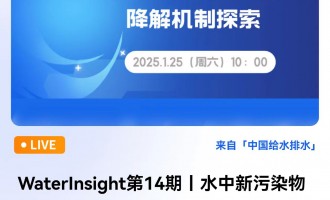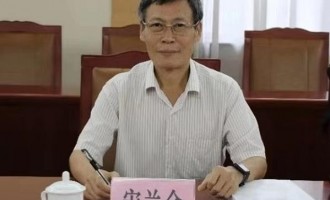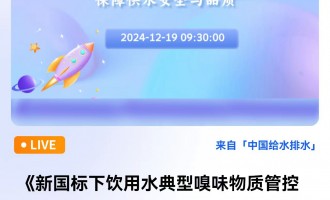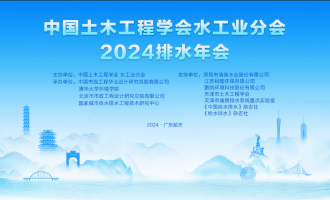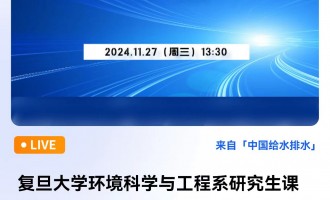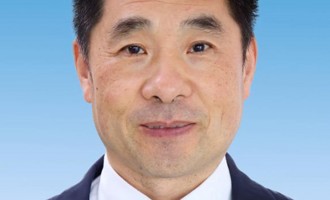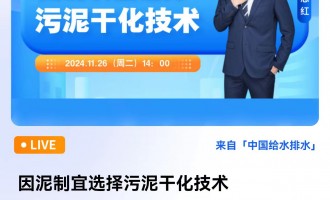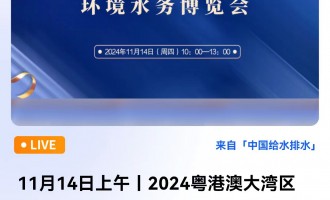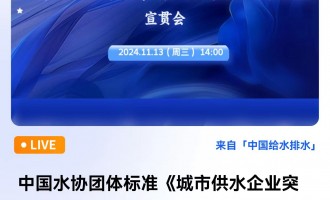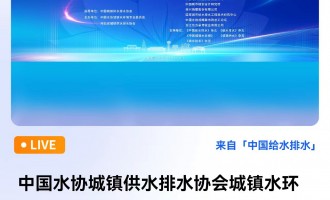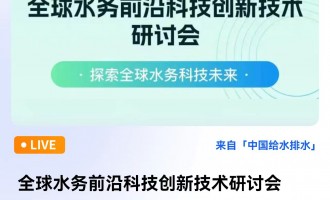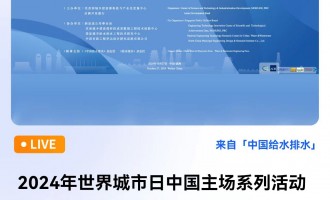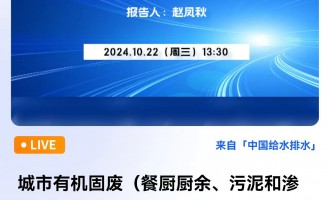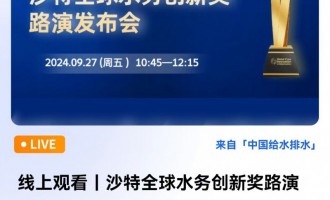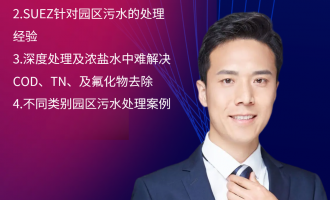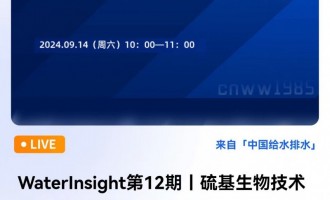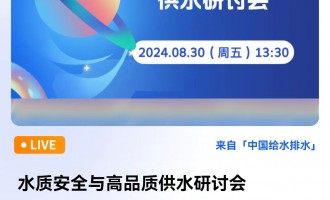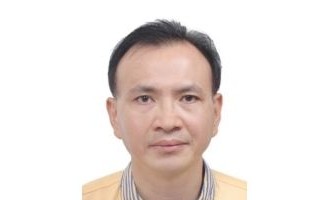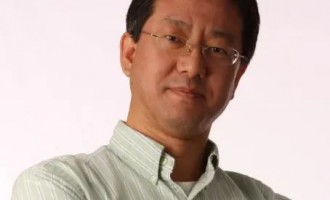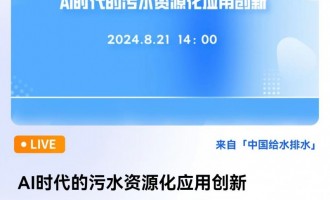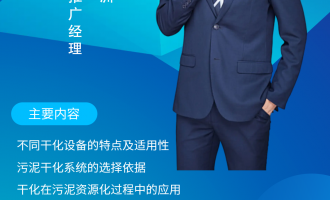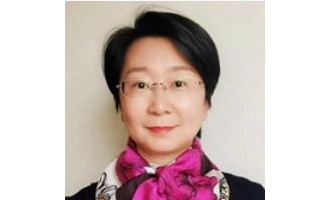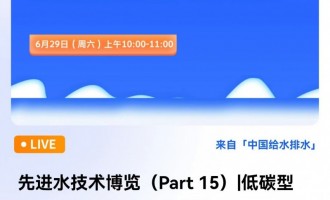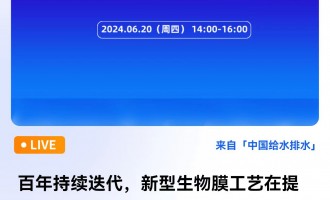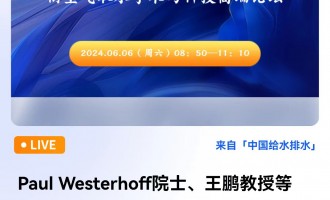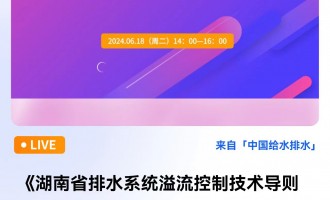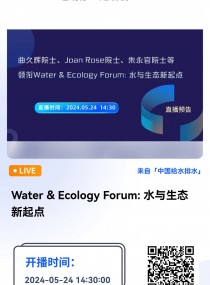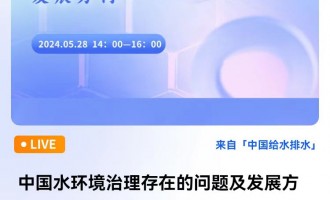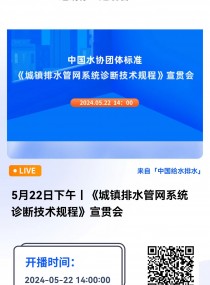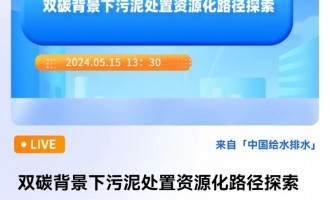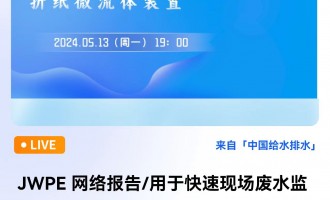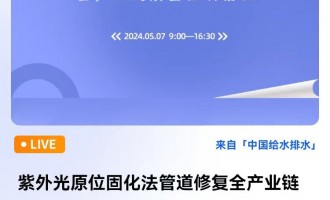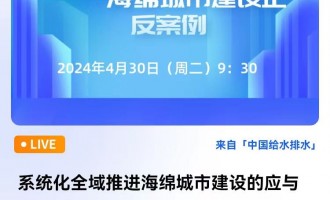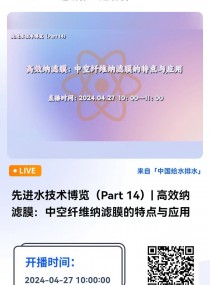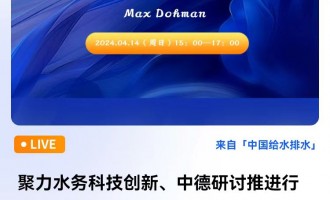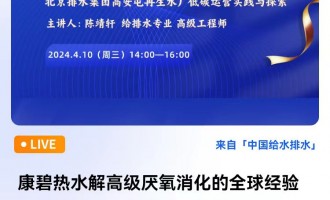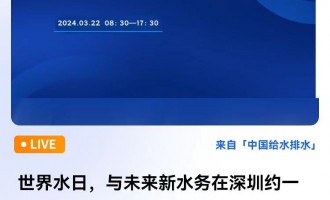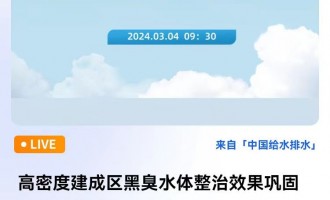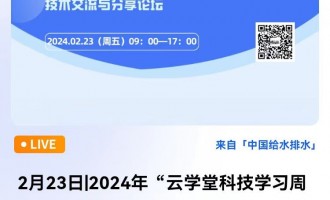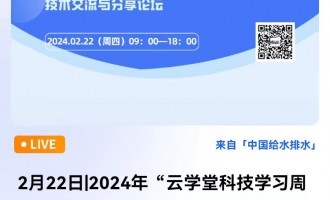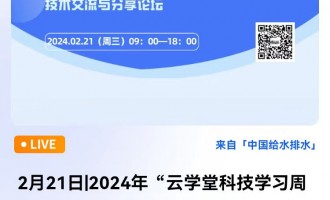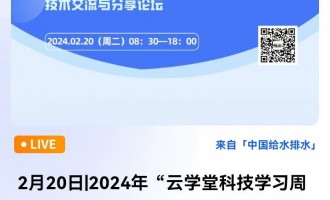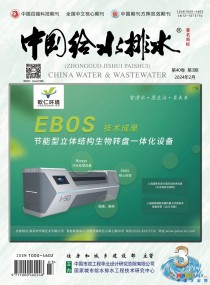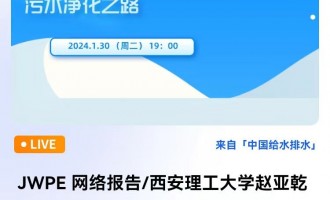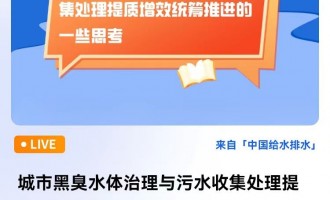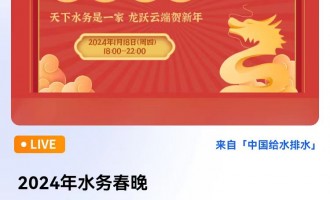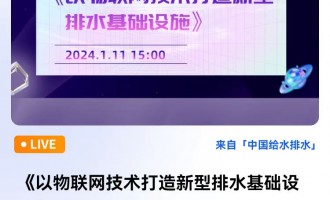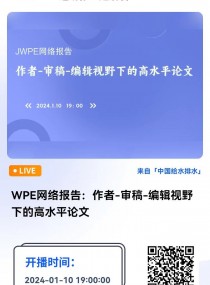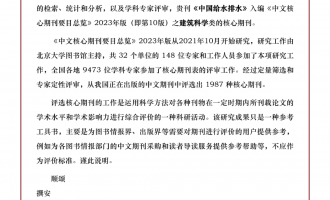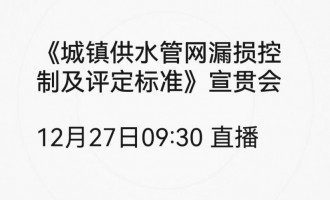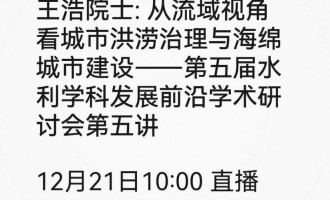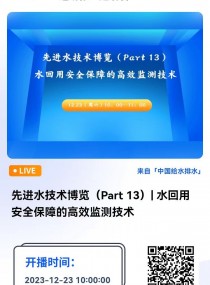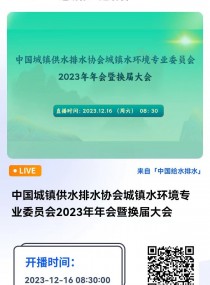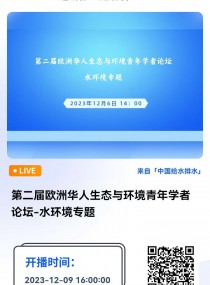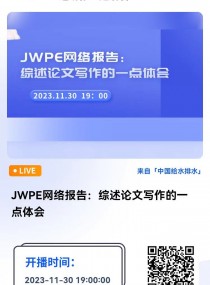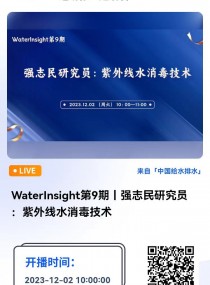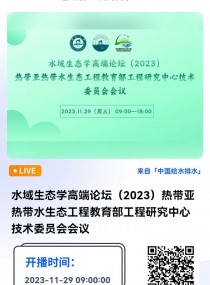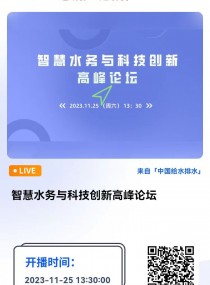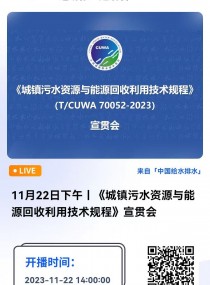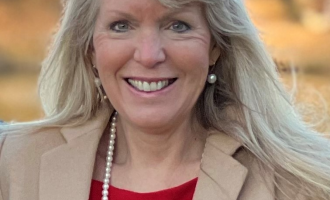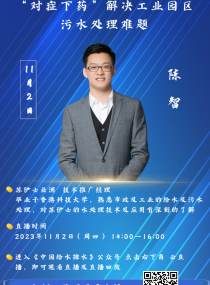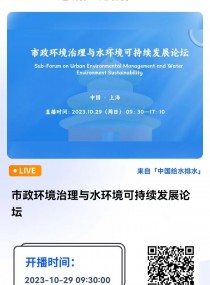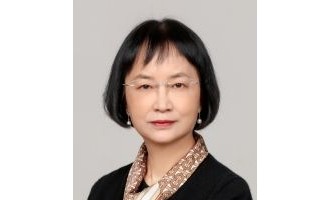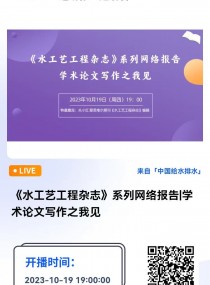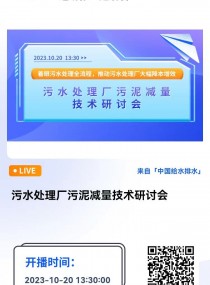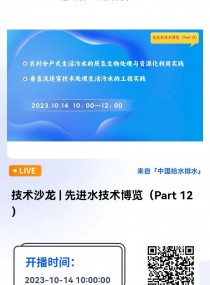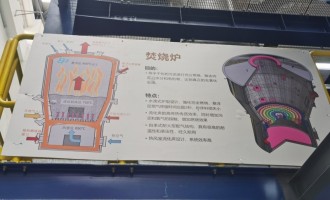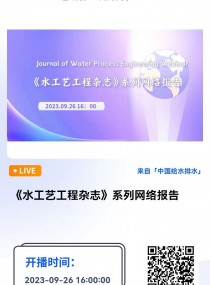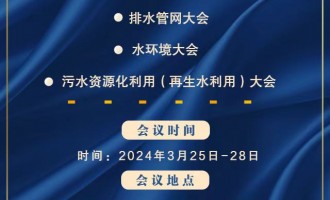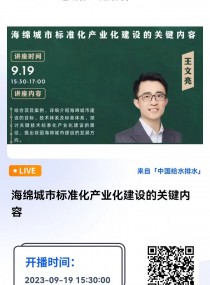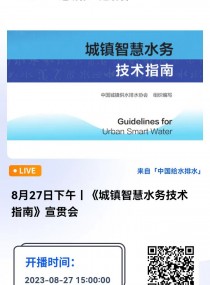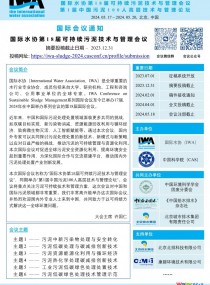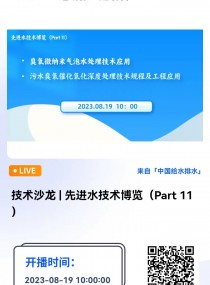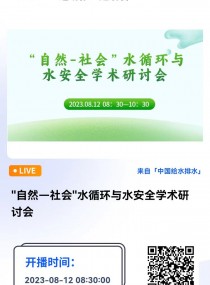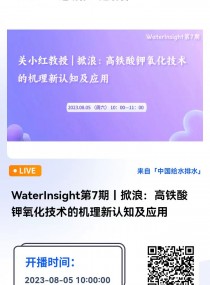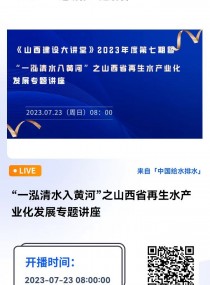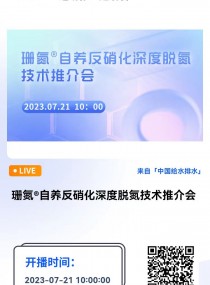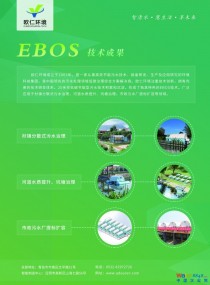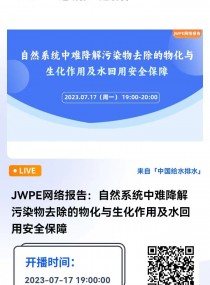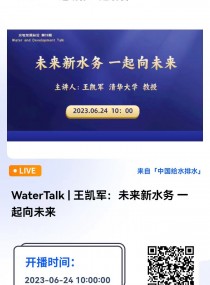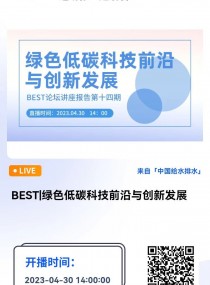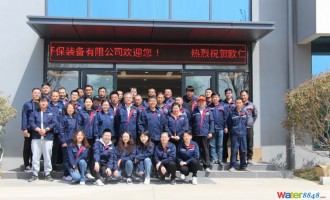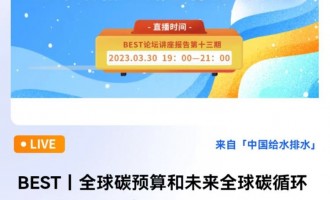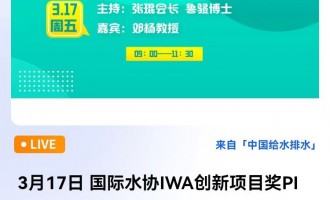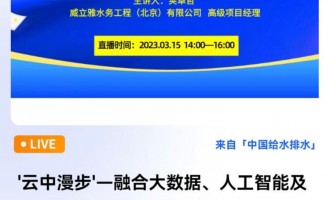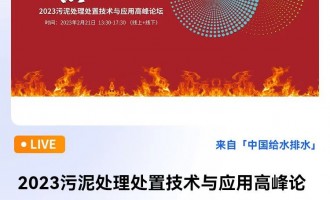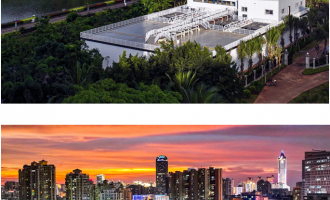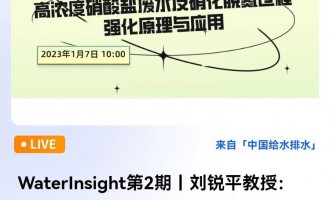欧盟新污水处理指令:未来需进行四级处理并严格监控PFAS!
Secondary and tertiary treatments to remove organic matter
The EU Urban Wastewater Treatment Directive calls for all urban wastewater to undergo a process of secondary treatment by 2035. The aim is to remove ‘biodegradable organic matter’ in agglomerations of 1,000 population equivalents (pe) or more - the equivalent of the average pollution released by one person during one day x 1,000.
《欧盟城市污水处理指令》要求到2035年,所有城市污水都要经过二级处理。目标是去除1000个人口当量(pe)或更多的“可生物降解的有机物质”——相当于一个人一天平均释放的污染物x 1000。
Tertiary treatments in all large wastewater plants covering 150,000 pe must be applied by 2039. This is intended to remove nitrogen and phosphorus to decrease the risks to water bodies from various dangers, such as eutrophication. These plants will also be required to provide quaternary treatments to remove a broad range of micro-pollutants.
到2039年,所有150000平方米的大型污水处理厂必须采用三级处理。这是为了去除氮和磷,以减少各种危险对水体的风险,如富营养化。这些工厂还需要提供四级处理,以去除各种微污染物。
By 2045, the directive requires tertiary and quaternary treatments to take place in smaller wastewater plants covering 10,000 pe and above.
到2045年,该指令要求规模在10000立方米及以上的小型污水处理厂进行三级和四级处理。
Strict monitoring of ‘public health parameters’ including PFAS
严格监测包括PFAS在内的影响"公共健康的水质参数"
The directive requires wastewater treatment plants to conduct better monitoring of a wide variety of pollutants, for example, ‘public health parameters’, such as known viruses, including SARS-CoV-2 virus and its variants, poliovirus, influenza viruses, and emerging pathogens.
该指令要求污水处理厂更好地监测各种污染物,例如“公共卫生参数”,如已知病毒,包括SARS-CoV-2病毒及其变种、脊髓灰质炎病毒、流感病毒和新出现的病原体
Monitoring will also be required for chemical pollutants, including per- and polyfluoroalkyl substances (PFAS); and microplastics. Antimicrobial resistance will be monitored in wastewater plants covering agglomerations of 100,000 pe and above.
还需要监测化学污染物,包括全氟烷基和多氟烷基物质;和塑料微粒。将监测污水处理厂的抗菌素耐药性,这些污水处理厂覆盖10万立方米及以上的集落。
Polluters must pay
Photographer: Fred MARVAUX; © European Union 2023 - Source: EP
Quaternary treatments costs will largely be met by producers of both medicinal products for human use and cosmetic products. However, the policy will be complemented by national financing to avoid the costs being passed down the line to affect the availability, affordability and accessibility of medicines and other vital products.
污水四级深度处理将主要由人用医药产品和化妆品生产商支付。然而,该政策将得到国家融资的补充,以避免成本传递下去,影响药品和其他重要产品的可得性、可负担性和可及性。
Nils Torvalds, from Finland’s Renew Europe Group, said: “The legislation will significantly improve water management and wastewater treatment standards in Europe, especially with new rules on removing micro-pollutants coming from medicines and personal care products.
芬兰Renew Europe集团的尼尔斯·托瓦兹(Nils Torvalds)说:“这项立法将显著改善欧洲的水管理和废水处理标准,特别是在去除来自药品和个人护理产品的微污染物方面的新规定。
“We are making sure that the impact of the rules on the affordability of medicines will not be disproportionate and that harmful chemicals such as PFAS will be monitored and better dealt with in the future.”
“我们正在确保这些规定对药品可负担性的影响不会不成比例,PFAS等有害化学物质将受到监控,并在未来得到更好的处理。”
At least 80 per cent of the costs required to remove micro-pollutants will be recovered with introduction of extended producer responsibility.
消除微污染物所需费用的至少80%将通过实行扩大生产者责任而得到补偿。
Increasing reuse of treated water
To address issues of water scarcity, the directive requires all EU countries to promote the reuse of treated wastewater from urban treatment plants, especially in water-stressed areas.
Additionally, the directive calls for measures on reuse to be considered in national strategies on water resilience.
Increasing use of renewable energy in treatment plants
The directive introduces an ‘energy neutrality target’ on wastewater treatment plants that will reduce greenhouse emissions and help the EU meet is climate neutrality objective. This will require plants to increase the share of renewable energy they use every five years: 20 per cent by 2030; 40 per cent by 2035; 70 per cent by 2040 and 100 per cent by 2045.
该指令引入了污水处理厂的“能源中和目标”,这将减少温室气体排放,并帮助欧盟实现其气候中和目标。这将要求工厂每5年提高可再生能源的使用比例:到2030年达到20%;到2035年达到40%;到2040年达到70%,到2045年达到100%。
Overwhelming support for wastewater changes
The proposals to revise the urban wastewater treatment directive were put forward in 2022. The plan was to align it with other key EU policy objectives for climate action, the circular economy, and as one of the initiatives under the zero pollution action plan for air, water and soil.
修订《城市污水处理指令》的建议于2022年提出。该计划将与欧盟在气候行动、循环经济方面的其他关键政策目标保持一致,并作为空气、水和土壤零污染行动计划下的举措之一。
At the vote, 481 MEPs voted in favour, with 79 against the proposals and 26 abstentions.
Oliver Loebel, secretary general of EurEau, the association of European water utilities said that the organisation was, overall, very pleased with the outcome. Talking to Aquatech Online, he said: “It was a triumph for consumers and environmental protection, although achieving all of its targets will be a substantial challenge for our sector.”
欧洲水务公司协会(EurEau)秘书长奥利弗•洛贝尔(Oliver Loebel)表示,总体而言,该组织对结果非常满意。在接受Aquatech Online采访时,他说:“这对消费者和环境保护来说是一个胜利,尽管要实现所有目标对我们的行业来说将是一个巨大的挑战。
He added: “The revised directive secures financing for micropollutants removal by implementing the Polluter Pays Principle, lessening the financial burden on citizens. It also introduces other crucial requirements aimed at safeguarding water quality across Europe.”
他补充说:“修订后的指令通过实施污染者自付原则,为去除微污染物提供资金,减轻了公民的经济负担。”它还引入了其他旨在保护整个欧洲水质的关键要求。”
一、活动背景
随着我国城市化进程的加速和污水处理设施的不断完善,污泥处理处置问题日益凸显。污泥作为污水处理过程中的副产物,含有大量的有害物质和病原体,如果不经过有效处理,将对环境和人体健康造成严重影响。因此,污泥处理处置技术的研发和应用成为了当前环保领域的重要课题。新《水污染防治法》的实施和“水十条”等政策的推动,为污泥处理处置行业的发展提供了政策支持和市场需求。政府和社会各界对污泥处理处置技术的关注度和投入不断增加,推动了该领域的快速发展。
本次论坛的召开旨在进一步推动污泥处理处置技术的进步和应用,提高污泥处理处置效率和资源化利用水平。论坛将邀请国内外污泥处理处置领域的专家学者、企业代表和政府部门人员,共同探讨污泥处理处置技术的发展趋势、创新应用和市场前景,分享成功案例和经验教训,促进产学研用深度融合,为推动我国污泥处理处置行业的健康发展贡献力量。上海作为我国的经济中心和科技创新高地,拥有众多高校、科研机构和污泥处理处置企业,为论坛的举办提供了良好的资源和条件。论坛的举办也将进一步促进上海及周边地区污泥处理处置技术的交流和合作,推动区域环保产业的协同发展。
二.组织机构
主办单位:《中国给水排水》杂志社有限公司
承办单位:上海荷瑞展览有限公司
三、会议时间与污泥产品展示地点
会议名称:中国给水排水2024年污泥处理处置论坛(上海)
会议时间:2024年6月3日下午13:30-16:30
会议地点:上海|国家会展中心(虹桥) 6.1号馆会议室B
污泥处置馆展示地点:上海|国家会展中心(虹桥)6.1号馆(展示时间6月3-5日三天)
会议报到:2024年6月3日6.1号馆,展馆8号门门口(9点半-11点之前报到,提供餐券,礼品等)
展示范围:污泥处置技术及相关产品
会议规模:150-200人
四、展馆交通
自驾:自驾至涞港路111号,由展馆18号门驶入。在南广场停车后,直接由南广场扶梯至南登录厅进行登录。
出租车:推荐在涞港路111号下客,由展馆18号门步行进入南广场。直接由南广场扶梯至南登录厅进行登录。
地铁:地铁2号线徐泾东站4、5、6号口出站,乘坐短驳电瓶车,至7、8号馆尾端。在馆间通道口进行登录。
详细内容可登陆官网:https://wastewater.watertechsh.cn/,或关注展会官方微信号:上海国际水展WATERTECH
五、南登录厅污泥会议室及污泥展示区进馆示意图
污泥会议室靠近6.1号馆8号门门口走到底(6.1号馆会议室B)

二维码扫码报名

六、会议议题
